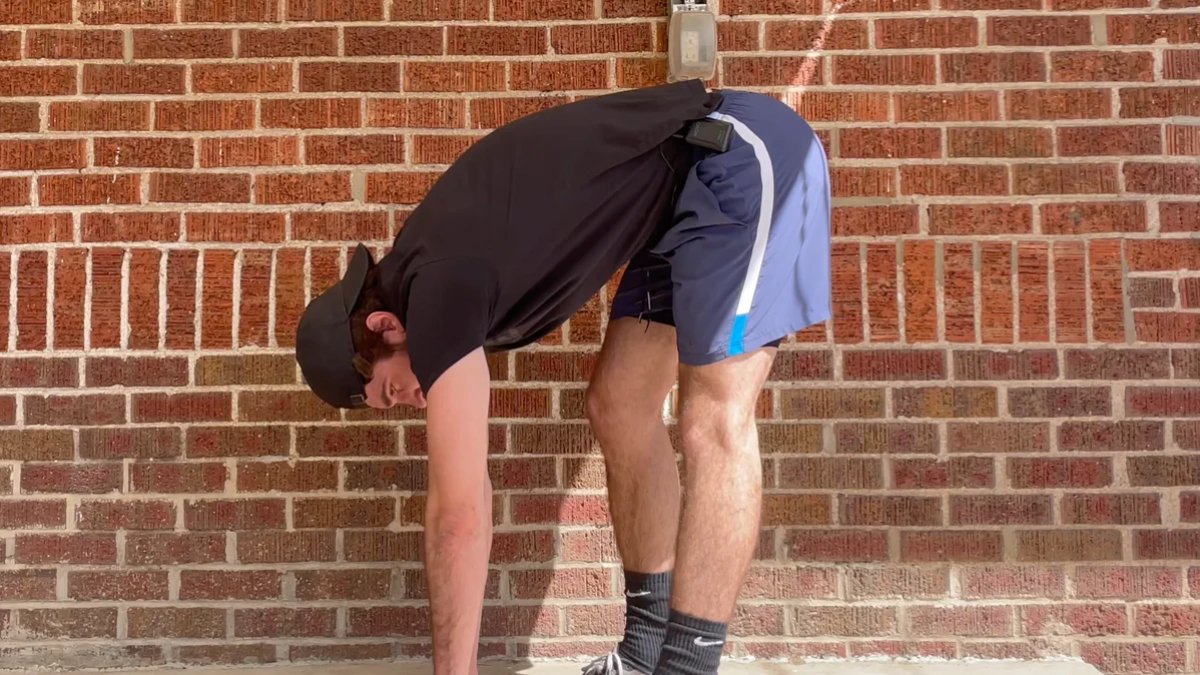The Elephant Walk exercise may sound exotic, but it's a powerful movement with a playful name. This exercise, inspired by the graceful stride of elephants, involves a series of steps that mimic their gait. While it may seem whimsical, the Elephant Walk offers numerous benefits for both physical and mental well-being. Let's delve into five ways this exercise can positively impact your health.
What is the Elephant Walk?The elephant walk is a dynamic stretch, meaning it involves movement. You'll start in a forward fold position with your hands on the floor (or an elevated surface) and walk your hands backwards while keeping your legs straight. This creates a deep stretch in your hamstrings, calves, and glutes.
Here's how to perform the elephant walk:
ol^The Elephant Walk involves a combination of forward, backward, and lateral movements, requiring flexibility and range of motion in various muscle groups. By practicing this exercise regularly, you can enhance joint mobility and flexibility, particularly in the hips, shoulders, and spine. Increased flexibility not only reduces the risk of injury but also improves overall movement efficiency and comfort in daily activities.
Core strength and posture alignment:The elephant walk engages the core muscles, including the abdominals, obliques, and lower back, to maintain stability and control throughout the movements. By strengthening the core, you improve overall postural alignment and spinal support, reducing the risk of back pain and promoting better posture. A strong core is essential for maintaining optimal movement mechanics and preventing musculoskeletal imbalances.
Enhanced balance and stability:Balancing on one leg while performing the elephant walk movements challenges your proprioception and equilibrium. This exercise strengthens the muscles responsible for stabilizing the ankles, knees, and hips, thereby improving balance and stability. Enhanced balance not only reduces the risk of falls and injuries but also enhances athletic performance and functional movement patterns.
Injury prevention:Tight muscles are more prone to tears and strains. Regularly performing the elephant walk can help keep your hamstrings and other posterior chain muscles loose, reducing your risk of injury.
Increased blood flow:The dynamic movement of the elephant walk helps increase blood flow to the legs and lower back. This improved circulation can deliver more nutrients to the muscles, aiding in recovery and performance.















